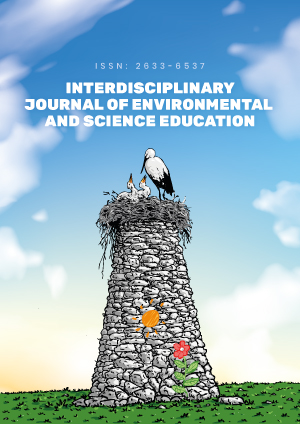Abstract
The central objective of this study was to unveil the misconceptions and their sources through the responses of Indian senior secondary (n=102; 54 boys and 48 girls) students about plant reproduction. A concept inventory with correct and incorrect statements was designed to elicit the misconceptions among class XII students. A semi-structured interview of selected students followed this exercise to report the sources of misconceptions from students’ perspectives. Descriptive statistics like mean and percentages determined the extent of misconceptions through frequencies of incorrect responses–overall, 40.392% of students bore misconceptions in this sub-concept with statements like “no difference between vegetative propagation and vegetative reproduction” getting a higher frequency of incorrect responses. Gender-based differences were investigated through inferential statistics like Chi-square and Kruskal-Wallis tests, more misconceptions were observed in boys than girls in plant reproduction. Qualitative analysis of the interview responses revealed the ambiguities in everyday classroom transactions and textbook explanations as to the major sources behind misconceptions. The study concluded with suggestive measures–and possible pedagogical tools–to help teachers identify and eradicate student misconceptions.
License
This is an open access article distributed under the Creative Commons Attribution License which permits unrestricted use, distribution, and reproduction in any medium, provided the original work is properly cited.
Article Type: Research Article
INTERDISCIP J ENV SCI ED, Volume 18, Issue 4, 2022, Article No: e2287
https://doi.org/10.21601/ijese/12089
Publication date: 14 May 2022
Article Views: 3257
Article Downloads: 1756
Open Access References How to cite this article
 Full Text (PDF)
Full Text (PDF)